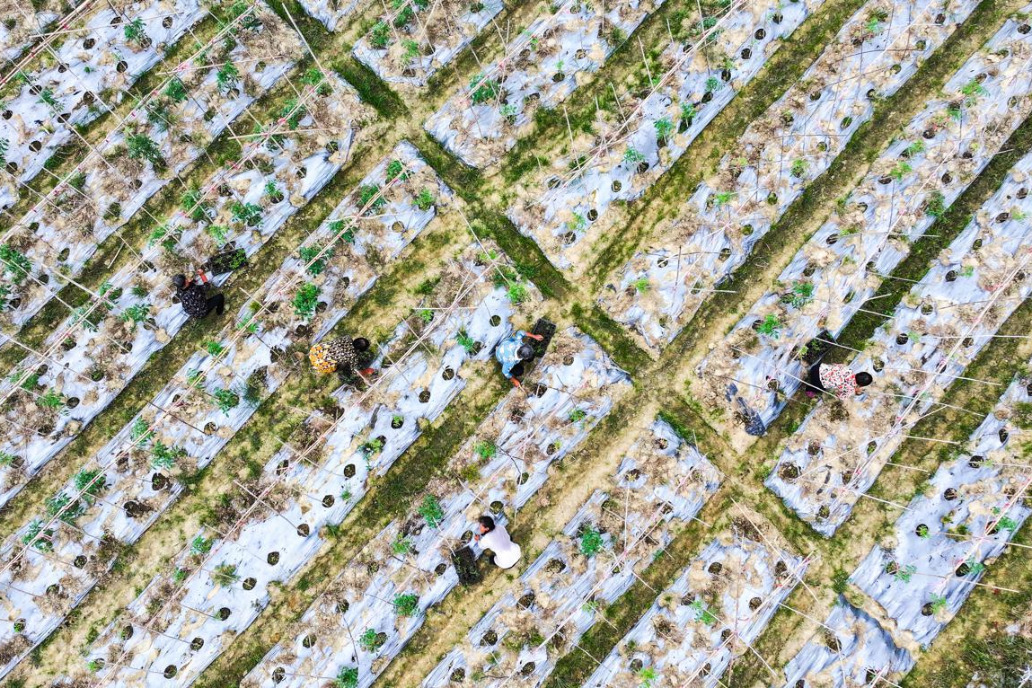Chinese and other global scientists jointly solve genetics mystery of Mendel's peas


These accessions were introduced into China after 2019 and grown in both southern and northern regions. Cheng and his team then conducted detailed trait analysis and built a high-resolution genetic variation map, which led to the identification of the previously unknown genetic variants.
"Mendel discovered what we now call the laws of inheritance without knowing what a gene was," said Cheng. "Today, using modern tools, we can see the exact genes — and the precise mutations — that he unknowingly tracked."
Researchers also analyzed more than 70 additional agronomic traits and linked them to thousands of genetic markers.
The resulting genomic resources could help breeders use AI-powered predictive models to accelerate the development of improved pea varieties and introduce useful genetic traits from wild and traditional strains, Cheng said.
- Robot skillsets take center stage at Beijing games
- China's northernmost high-speed railway marks its 10th anniversary
- Death toll rises to 10 in Inner Mongolia flash flood
- Nyingchi thrives with booming tourism and trade
- Space station crew gains AI assistant
- Across China: 20 years on, China's 'two mountains' concept proves significant in green development






































